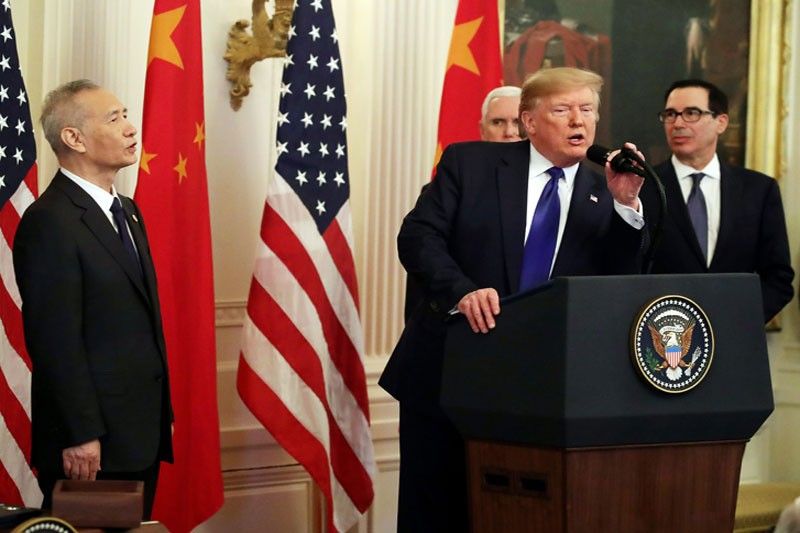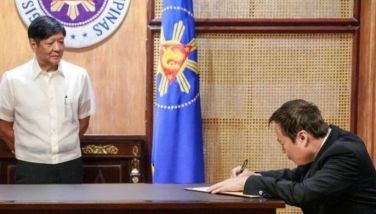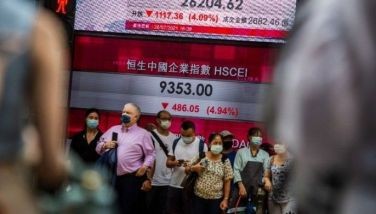What’s next after the US-China ‘Phase one’ deal?

Beijing, China – The “phase one” trade deal between Washington and Beijing was the result of long, fraught negotiations. “Phase two” is likely to be just as bumpy and unpredictable.
The agreement signed by President Donald Trump and Vice Premier Liu He in Washington on Wednesday marks a ceasefire in the nearly two-year-old trade war.
But many questions remain. Here are some of them:
The deal “makes both countries look good,” Moody’s Analytics economist Xu Xiaochun told AFP.
The US president, who faces an impeachment trial, can point to the pact as a success in his campaign to win a second term in office this year.
For Chinese leader Xi Jinping, it removes a thorn in his side as he already has to deal with other pressing issues including political unrest in Hong Kong and a slowing economy.
Under the deal, Beijing agreed to import $200 billion worth of US goods, including $32 billion in farm products and seafood – a win for Trump as he will look for support from agricultural states in his election battle.
But Xu noted that much of China’s other concessions – such as improvements in intellectual property protection and financial liberalization – were already in the works.
“China doesn’t seem to have made any concessions that it wasn’t willing to in the first place,” he said.
Although China has committed to importing more, in areas from manufactured goods to energy goods, analysts noted that domestic demand might be a limiting factor.
Analysts polled by AFP said the country’s economy is expected to have slowed to 6.1 percent in 2019, the worst performance in 30 years.
“Unless Chinese demand for US agricultural goods and energy rises drastically, China would have to use state policy to substitute agricultural and energy imports from other exporting nations with imports from the US,” ING economists Timme Spakman and Iris Pang said in a note.
The analysts also noted that the agreement “does not include an enforcement clause addressing the purchasing commitments by China.”
The text of the deal makes clear that purchases will be based on commercial considerations and “that market conditions, particularly in the case of agricultural goods, may dictate the timing of purchases within any given year.”
Trump said on Wednesday that he planned to visit China in the “not too distant future.”
And while tariffs on Chinese goods worth hundreds of billions of dollars remain in place for now, the US leader said he would be willing to take them off “if we’re able to do phase two.”
But the next round of talks is already looking complicated, with Trump distracted by the November election and an impeachment trial in the US Senate.
The president himself said earlier this month that a deal may have to wait until after the vote.
“We are not certain that the US has an incentive to continue quickly,” Moody’s Xu said.
But Beijing does not have a reason to drag things out as it is likely to face a tough stance from Washington, whether Trump or a Democrat is president, Xu said.
The short answer is no.
The deal largely leaves tariffs in place, and it fails to address US complaints about China’s huge subsidies to state enterprises.
- Latest
- Trending




























